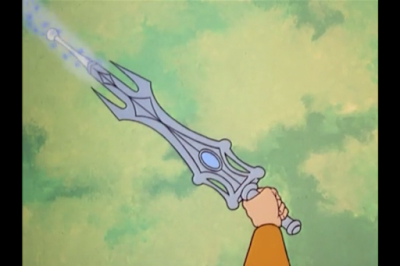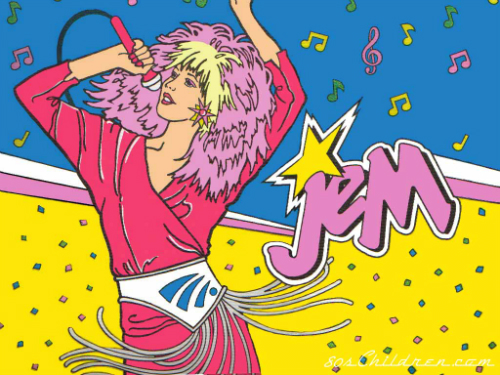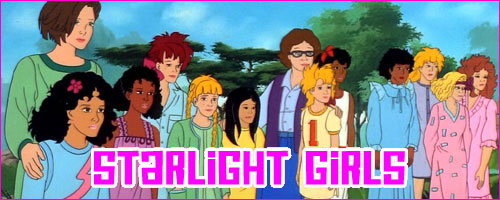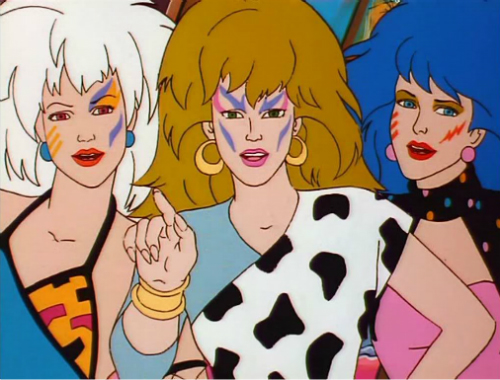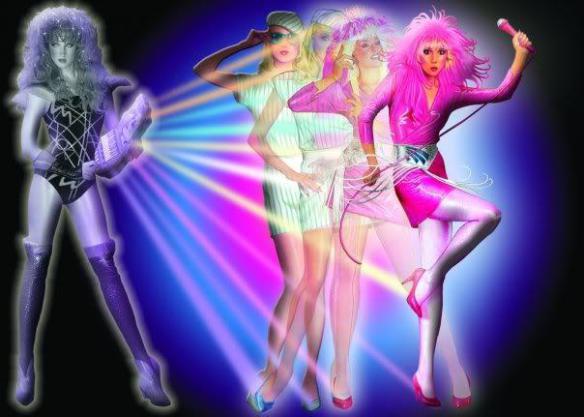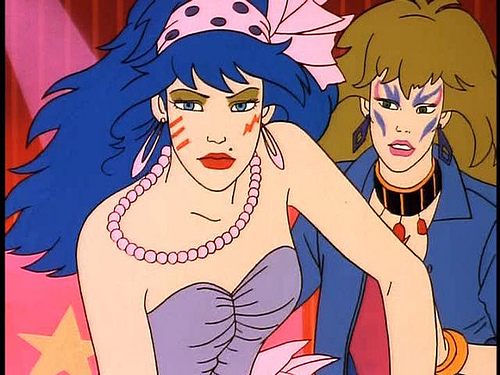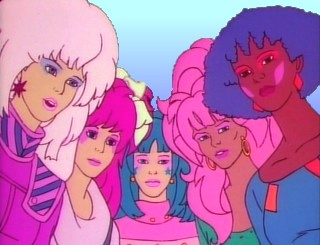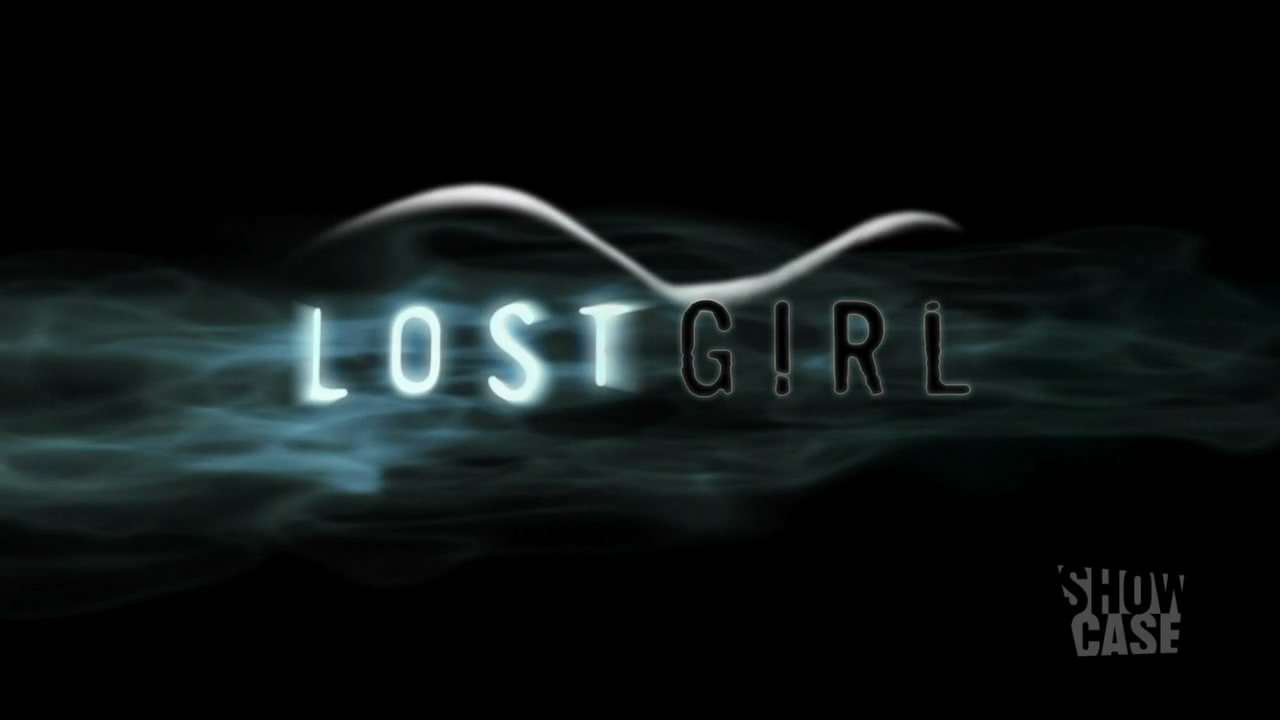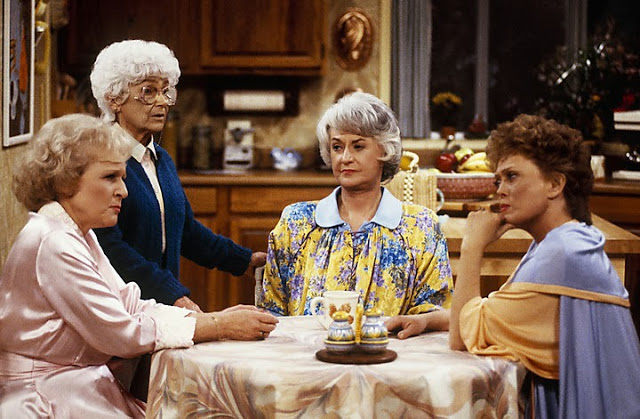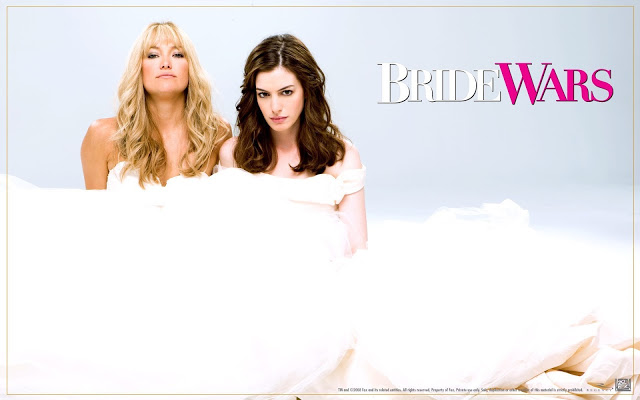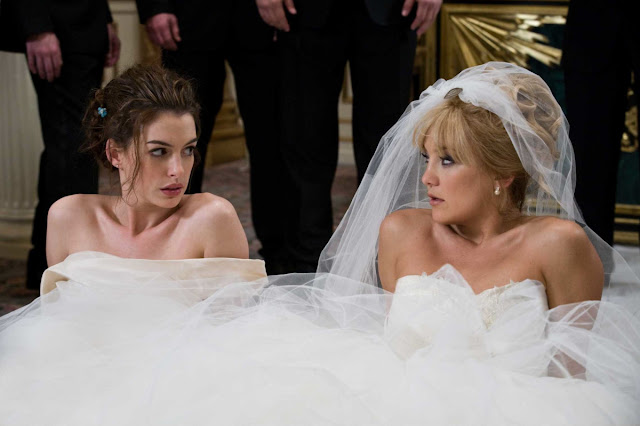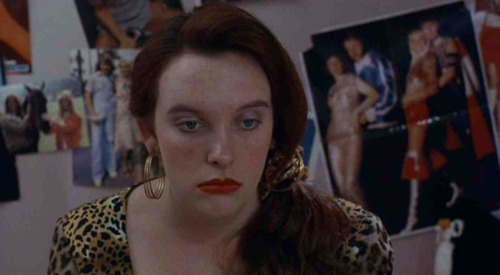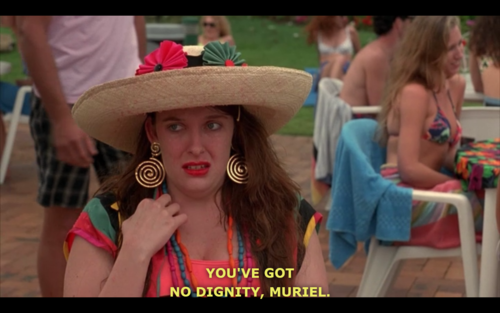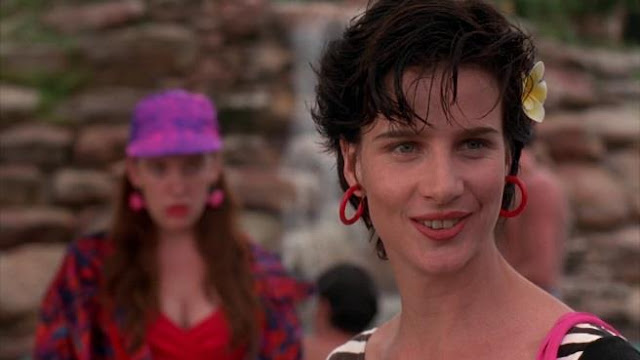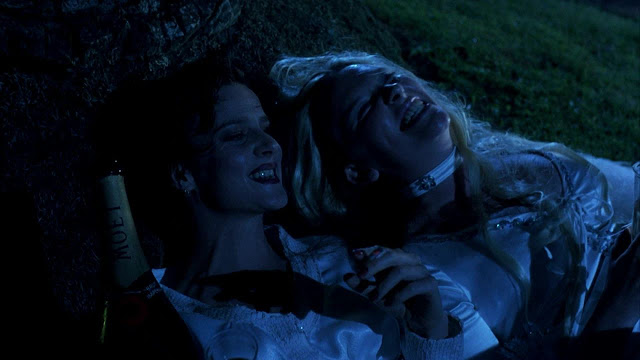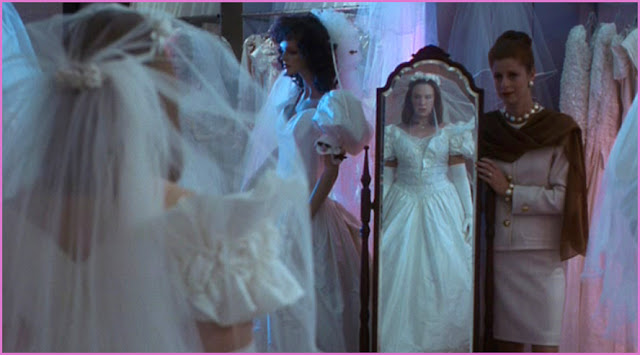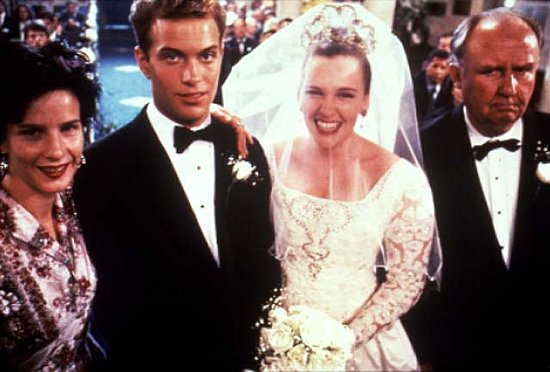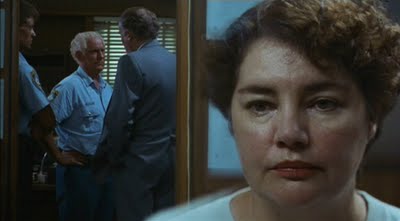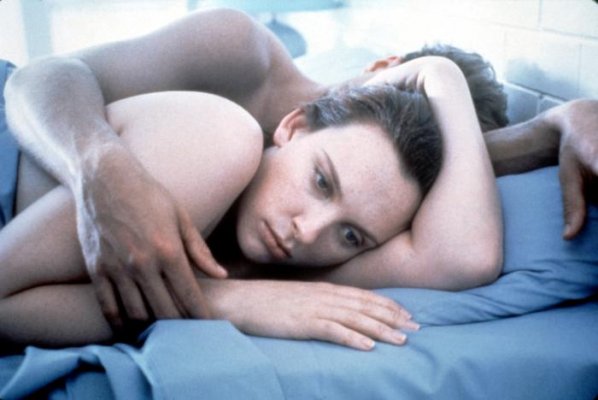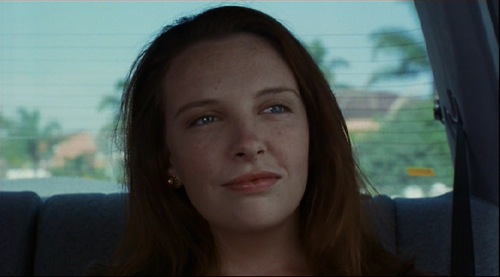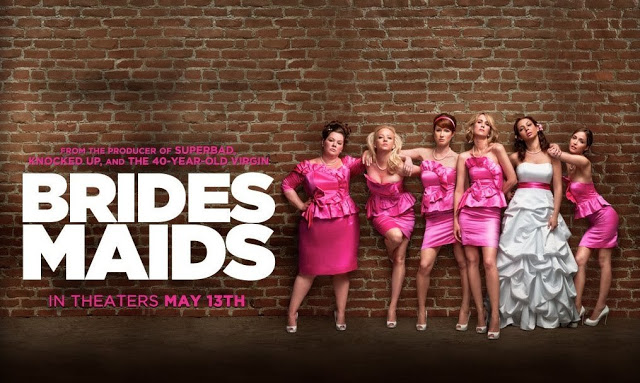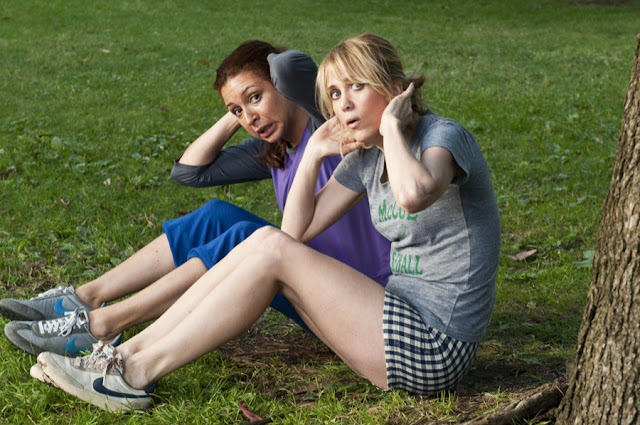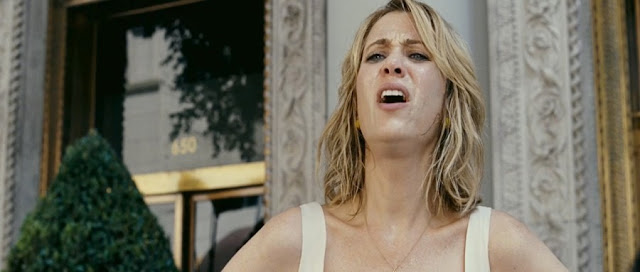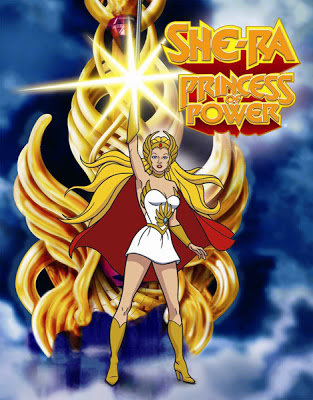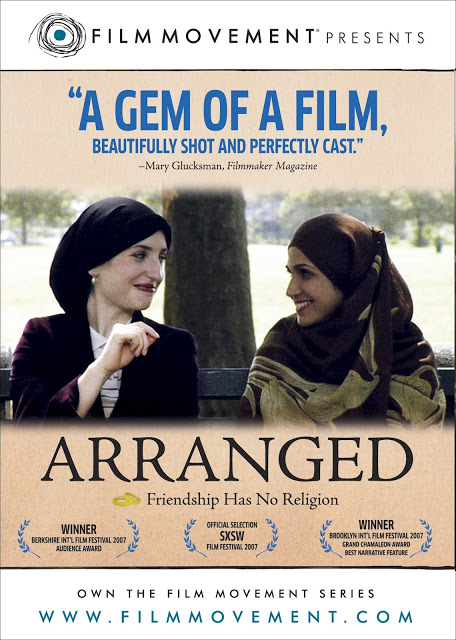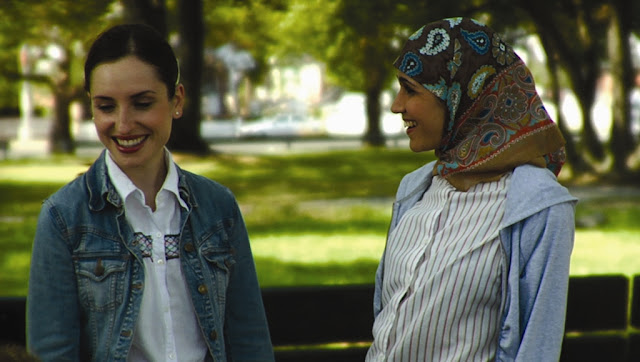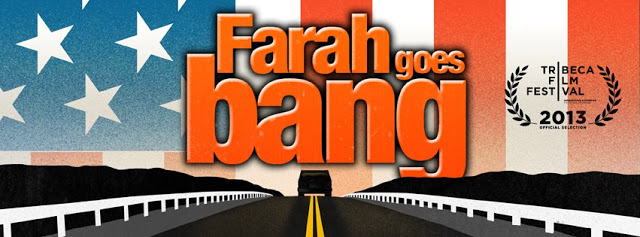 |
| She-Ra: Princess of Fucking Power |
This repost by Amanda Rodriguez appears as part of our theme week on Children’s Television.
Confession: as a child of the 80’s, I refused to watch cartoons that didn’t have a significantly visible representation of women in them, and the more visible and the more badass, the better. GI Joe and Transformers were out, but Jem and the Holograms, Thundercats, and He-Man made the cut (don’t ask me to explain my little girl logic). Though Jem had a ton of women in it and I loved the series obsessively, She-Ra: Princess of Power was my favorite because not only did the show have tons of women in it, but they were all kickass warriors. I still think about and talk about the show more than is probably considered “normal” (whatever that bullshit word means). Now as an adult looking back, I’m compelled to figure out why that show has been so prominent in my consciousness then, as an impressionable young girl, and now, as a feminist grown. First, we’ve got to compare He-Man and She-Ra, twins with magical, transformative, empowering swords. He-Man’s non-magical alter ego is Prince Adam, while She-Ra’s is Adora. Prince Adam takes on the persona of the lazy, whiny, spoiled, conceited prince who is generally a coward, while Adora is the smart, organized, capable, and charismatic leader of The Great Rebellion. While He-Man had to spend half his time pretending to be a fuck-up and to this day people mock Prince Adam (I strongly advise you to watch the video below for some serious yucks), Adora was an example of a tactically astute, benevolent leader who included the talents and ideas of others.
[youtube_sc url=”https://www.youtube.com/watch?v=NjVugzSR7HA”]
When the twins transform into their superhero selves, both have equally unmatched physical strength (though She-Ra is more prone to doing flips and super sweet spin kicks while shouting “Hee-Yah!”). The jewel in She-Ra’s sword isn’t the only difference between her and He-Man’s swords of birthright. Her sword can transform into nearly any physical object she commands (a shield, a lasso, a ladder, even a helmet that lets her breathe underwater).
 |
| She-Ra: “Sword to ice-maker.” Great for making ice cream or freezing over lakes to go skating on warm summer days. |
She-Ra also has innate powers that are denied He-Man. She can communicate via telepathy with animals. Not only that but she can heal the injured with a good old-fashioned laying on of hands. It’s easy to see some of her additional powers as the writers attempting to feminize the character. Her empathic communication with animals and healing powers could certainly be coded as “nurturing” and therefore more traditionally feminine, but at the same time, She-Ra is just as strong as He-Man. Let’s face it, with her extra abilities, she’s an even bigger badass than he is.
Then we’ve got to consider the sheer number of female heroes in She-Ra.
 |
| From left to right: Glimmer, Angella, Castaspella, She-Ra, Frosta, and the villainous Cat-Ra |
Like most shows geared toward young girls around that era, there were a lot of female characters and a notable dearth of male characters. In fact, Bow was She-Ra’s only regularly featured male hero to be included in The Great Rebellion. I also remember She-Ra more consistently involving and more fully featuring its wide range of female characters than, say, My Little Ponies or Rainbow Brite.
In part because of the huge female cast, She-Ra also showcased tons of Bechdel test-passing female friendships.
 |
| From left to right: Perfuma, Castaspella, Mermista, She-Ra, Glimmer, Angella, Frosta |
These women all work as a team for a noble common cause under a female leader, Adora. Glimmer and Angella are even an inter-generational mother-daughter duo with a profoundly strong connection as shown in the He-Man/She-Ra feature-length film The Secret of the Sword wherein She-Ra is introduced to the He-Man universe and must rescue Queen Angella from a minion of The Evil Horde. Glimmer is also clearly Adora’s best friend. In all actuality, the general lack of female rivalry should be attributed to the pre-sexualized nature of the show’s target audience. Though there are some crushes throughout the series, they are all harmless and never consummated (even with a kiss).
Unlike many superheroine mythologies, She-Ra isn’t the only one with astounding abilities. In fact, her friends possess a plethora of mystical qualities that make them assets to The Great Rebellion. Though the female characters are not diverse in their race or in their slim and buxom builds, they are diverse in their talents. Flight, clairvoyance, teleportation, creation of energy shields, spell casting, uncanny aptitude for disguises, power over frost, and physical transformations are just a handful of the amazing strengths She-Ra’s friends possess. To a woman, they are all brave, leaders in their own right, and capable of working as part of a collective.
 |
| She-Ra: “Ladies…um, and Bow, let’s kick some ass!” |
Let us not forget that The Great Rebellion is a predominantly female rebellion from its leaders to its foot soldiers to the monarch they hope to enthrone. Glimmer’s mother, Angella is the Queen of Bright Moon and is considered the “rightful ruler of Etheria.” A benevolent matriarch, She-Ra and The Great Rebellion fight the evil Horde in order to restore Angella’s kingdom. All these women have joined together to fight Hordak, who is a symbol of the tyranny and oppression of the patriarchy. Don’t believe me? Just think about it: in the film The Secret of the Sword when we meet Adora, she is known as Force Captain Adora, and Hordak is a father figure to her. He has indoctrinated her into the Horde, leading her to believe that the Horde is just and the rebels evil. Hordak also surrounds himself with patriarchy-complicit women like Cat-Ra, Entrapta, Scorpia, and even the mother figure, Shadow Weaver who casts her spells to subdue Adora to the will of Hordak. Essentially, Hordak has lied to Adora about reality. Once she becomes aware of his lies, Adora turns against Hordak, discovers her true, empowered identity as She-Ra, joins a band of women, and fights to supplant him with a matriarchy.
 |
| She-Ra…for…the…win… |
Yes, all the women of She-Ra are white (except for a handful of obscure cameos by Netossa), and they’re all scantily clad, thin ladies with big boobies. Yes, She-Ra is a calculated He-Man spin-off designed to bring in a female audience and sell more toys in the never-ending quest for more money. And, yes, it’s probably an accident that the girl power vibe and transparent anti-patriarchy theme are so strong. Whatever the studio’s reasoning, the end result is a network of powerful women who not only like each other, but they support each other, organize a rebellion against an oppressive patriarchal regime, and get shit done. The example this powerful group of women set for impressionable girls like myself is tremendous. In the 80’s, I had a glittery She-Ra sword that I felt completely justified in swinging around because I, like She-Ra, was the heroine of my own story.
PS: Mom, sorry about that lamp I broke.
Bitch Flicks writer and editor Amanda Rodriguez is an environmental activist living in Asheville, North Carolina. She holds a BA from Antioch College in Yellow Springs, Ohio and an MFA in fiction writing from Queens University in Charlotte, NC. She writes all about food and drinking games on her blog Booze and Baking. Fun fact: while living in Kyoto, Japan, her house was attacked by monkeys.
